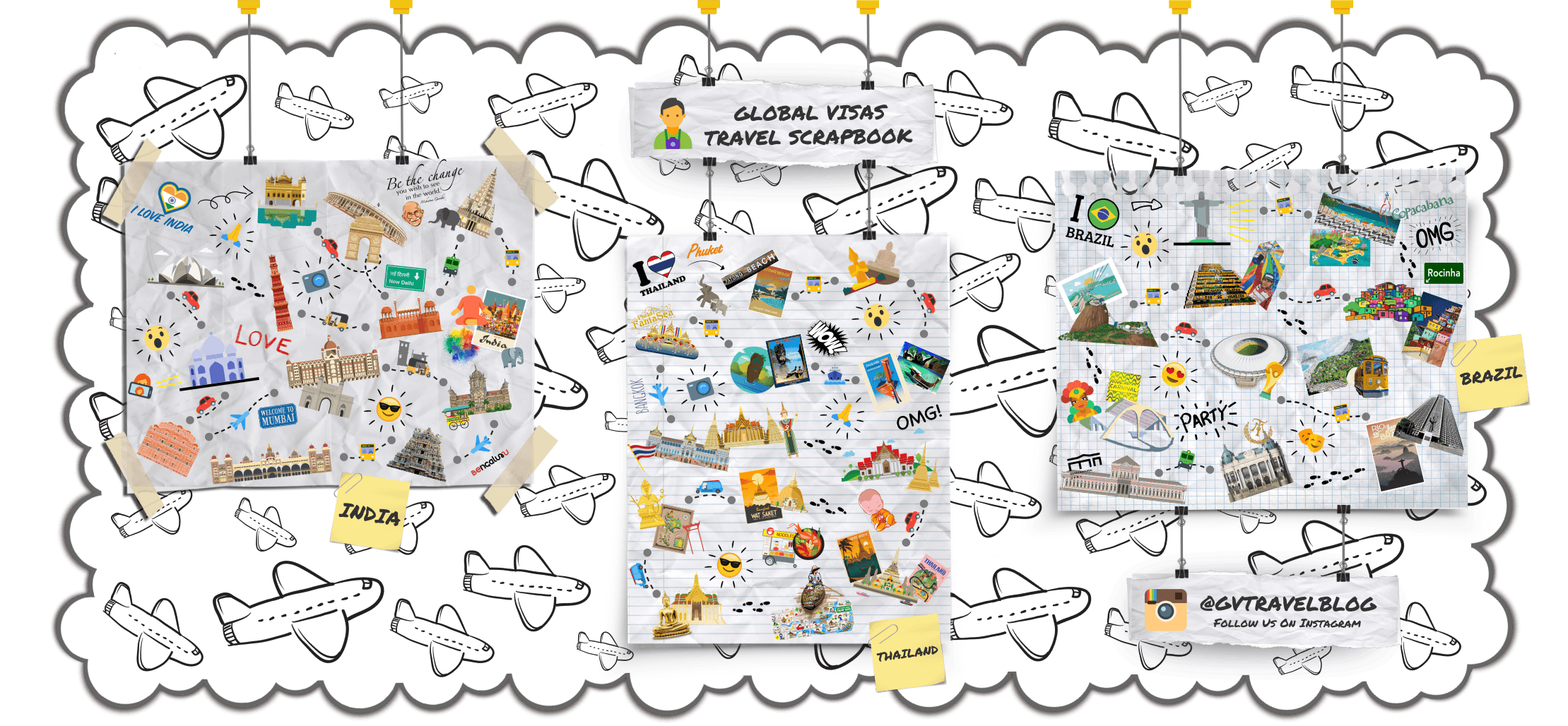BY TAXI:
The taxis (usually yellow, and always clearly marked) are an easy way to get around Damascus, Aleppo and other cities. Arabic would be helpful: most taxi drivers do not speak English. All licensed taxis carry meters, and it is best to insist that the driver puts the meter on, and watch that it stays on. Most drivers expect to haggle prices with foreign travellers rather than use the meter. Private cab services (which advertise prominently at the airport) charge substantially more.
However, there is also a bus from Baramkeh station to the airport.
BY CAR:
Cars can be rented at various Sixt, Budget and Europcar locations. Cham Tours (formerly Hertz) has an office next to the Cham Palace Hotel, which offers competitive rates starting at about USD50 per day including tax, insurance and unlimited kilometres.
Sixt Rent a Car at the Four Seasons Hotel has rates starting from USD40 per day (all inclusive).
If you have never driven in Syria before, make sure you take a taxi first in order to get a first-hand idea of what traffic is like. Especially in Damascus and Aleppo, near-constant congestion, a very aggressive driving style, bad roads and highly dubious quality of road signs make driving there an interesting experience. so do be careful.
The only road rule that might come in handy is that, as opposed to most of the rest of the world, in roundabouts, the entering cars have the right of way, and the cars that are already in the roundabout have to wait. Aside from that, it seems that motorists are fairly free to do as they please.
If you have an accident in a rental car, you must obtain a police report, no matter how small the damage or how clear it is who is at fault – otherwise, you will be liable for the damage. Police (road police No:115) probably will only be able to speak Arabic, so try to make other drivers help you and/or call your rental agency.
Gasoline/petrol (marked as “Super”, red stands) costs about double diesel (green stand). If you manage to run out of fuel (try to avoid it), which is quite easy wherever eastern of Damascus-Aleppo highway, or mountains western from it; you can manage to find some local able to sell you few litres from canister, but prices may be high. Usually gas stations are only in bigger towns and major crossroads in the desert, so try to refuel whenever you can.
BY MICROBUS:
The microbuses (locally called servees, or meecro) are little white vans that carry ten, or so, passengers around cities on set routes. The destinations are written on the front of microbus in Arabic. Usually, the passenger sitting behind the driver deals with the money. You can ask the driver to stop anywhere along his route.
Often, microbuses will do longer routes, for example, to surrounding villages around Damascus and Aleppo, or from Homs to Tadmor or Krak des Chevaliers. They are often more uncomfortable and crowded than the larger buses, but cheaper. Especially for shorter distances they have usually more frequent departures than buses.
BY BUS OR COACH:
Air-conditioned coaches are one of the easy ways to make longer hauls around Syria, for example, the trip from Damascus to Palmyra. Coaches are cheap, fast and reliable way to get around the country, however the schedules, when they exist, are not to be trusted. For the busy routes it’s best to simply go to the coach station when you want to leave and catch the next coach, you’ll have to wait a bit, but most of the time it’s less of a chore than finding out when the best coach will be leaving, and then often finding it’s late.
BY TRAIN:
As of early 2020, rail transport in Syria is limited to a twice daily service between the coastal cities of Latakia and Tartous and a commuter service in Aleppo. All long distance services that used to connect Damascus, Aleppo, Deir-az-Zur, Al-Hassakeh and Al-Qamishli and many other cities are cancelled indefinitely. Rehabilitation is however under way on some sections and reports have emerged that the Aleppo-Damascus passenger train might return during 2020. The national operator CFS maintains an timetable at their webpage.
The summer-only excursion steam train in Damascus, which travels to Al-Zabadani in the Anti-Lebanon Mountains and back has recently resumed operation after a five year hiatus. The train is popular with locals trying to escape the summer heat.
BY BICYCLE:
While travelling by bicycle may not be for everyone, and Syria is by no means a cycle tourist’s paradise, there are definite advantages. Syria is a good size for cycling, accommodation is frequent enough that even a budget traveller can get away with “credit card” touring (though in the case of Syria, it might be better to refer to it as fat-wad-of-cash touring). There are sites that one can not get to with public transportation like the Dead Cities and the people are incredibly friendly often inviting a tired cyclist for a break, cup of tea, meal or night’s accommodation. The problem of children throwing stones at cyclists or running behind the bicycle begging for candy and pens (such as in parts of Morocco) does not seem to have appeared in Syria. Locals young and old alike will, however, be very curious about your travels and your bicycle and if you stop in a town you can expect a large crowd to gather for friendly banter about where you are from and your trip.
Wild camping is quite easy in Syria. Perhaps the biggest challenge is not so much finding a place for your tent but picking a spot where locals will not wander by and try to convince you to come back to their home. Olive groves and other orchards can make a good spot for your tent, except on a rainy day when the mud will make life difficult. Another option is to ask to pitch your tent in a private garden or beside an official post like a police station. It is unlikely you will be refused as long as you can get your message across. A letter in Arabic explaining your trip will help with communication.
The standard of driving skills in Syria is extremely low and other road users tend to drive very aggressively. They do seem used to seeing slow moving traffic and normally give plenty of room as they pass. Motorcycles are perhaps the biggest danger as their drivers like to pull up alongside cyclists to chat or fly by your bike for a look at the strange traveller and then perform a U-turn in the middle of the road to go back home. Perhaps the safest option in this case is to stop, talk for a few minutes and then carry on.
Finding good maps tends to be another problem. You should bring a map with you as good maps are hard to find in Syria. Free ones are available from the tourist bureaus but they are not very good for cycle touring. Even foreign-produced maps can contain errors or roads that don’t exist, making excursions away from the main route a challenge. Asking several locals for the right road is a good idea when you come to a crossroads. Without good maps it can be hard to avoid riding on the main highway, which while safe enough (a good wide shoulder exists on almost all the highways) is not very pleasant due to the smokey trucks and uninteresting scenery.
You should think about bringing a water filter or water treatment tablets with you. Bottled water is not always available in the smaller towns. Finding local water is easy. Tall metal water coolers in many town centres dispense free local water and water is always available near mosques. The Syrian word for water is pronounced like the English word “my” (as in “that is my pen”) with a slight A afterwards and if you ask at any shop or home for water they will happily refill your bottles.









